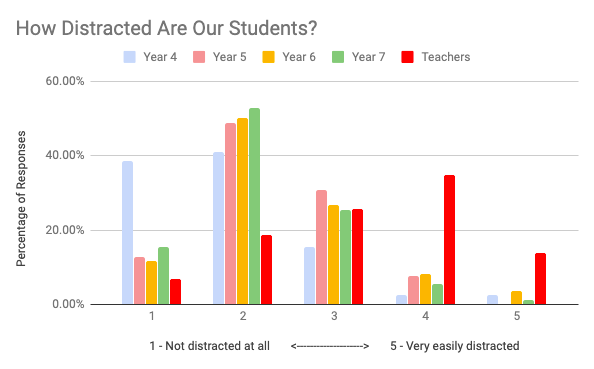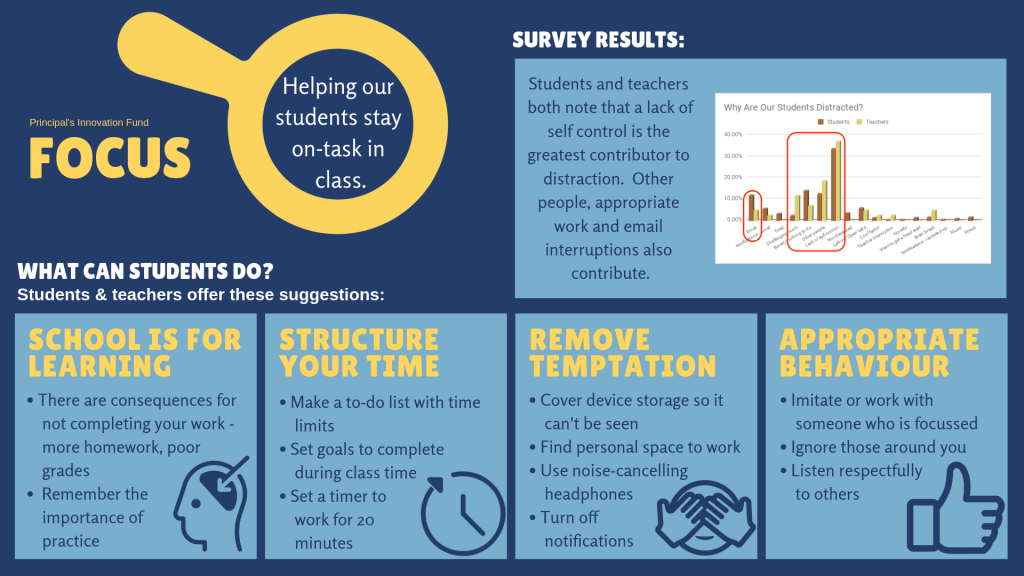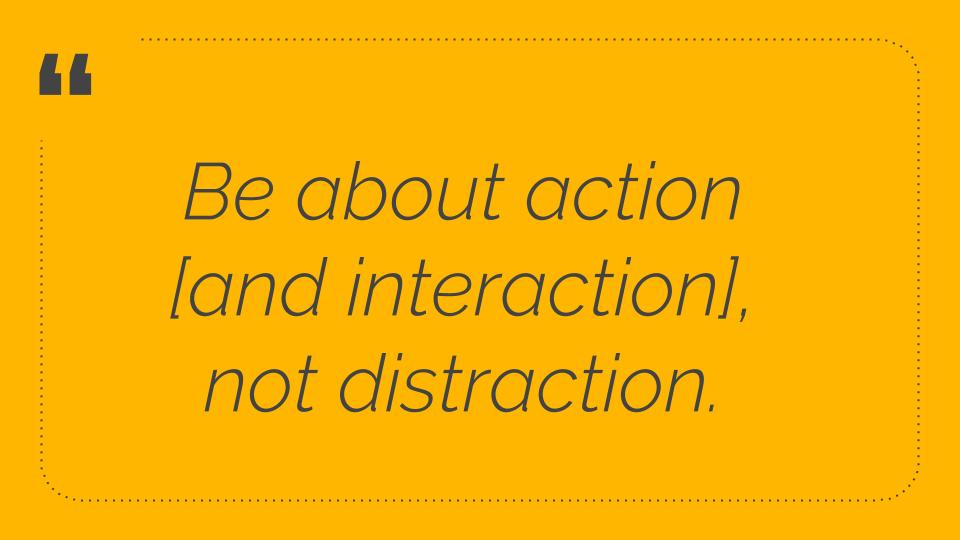Sometimes, you just have to stop and adjust your focus. I really wanted to explore the notion of collaboration as my Cohort Action Plan this year. I did think about it and share a few blog posts. However, there were so many other things on the go at school that I never paid any attention to this “Collaboration” pot on my stove. At first I felt as though I had committed to an idea I was passionate about so I needed to continue down that path even if that pot was never coming to a boil.
Then, rather than worrying about my lack of focus on the nature of collaboration amongst teachers and trying to explain why I had addressed this so little, I realized that I had actually focussed on something else and should probably share that journey instead! As a result of participating in Cohort for the last couple of years, the process we engaged in mirrored the Cohort way. I decided to shift the pots on my proverbial stove and share the journey of my exploration into student distraction caused by our school-issued laptops.
The Other Beginning – Tuning in to perspectives
Six years ago, our school initiated a 1-to-1 computing model (one device for each student) to allow for timely access to iPads and laptops to support learning. Since then, many new applications have become available for teachers and students. Unfortunately, many of these have developed in a way to more intentionally draw users in. With the constant availability of electronic devices, students are being attracted to their devices in ways that are difficult to resist both at school and at home. The laptops and iPads we provide students are extremely powerful learning tools with many educational benefits. However, they also present a distraction. As a technology integrator, together with my colleague in the Middle School, we have explored a variety of resources and tools to help in this area:
- Speakers have addressed both students and parents around the issues faced in their digital world.
- Teachers have been supported to deliver lessons in the area of digital citizenship and device management.
- Teachers have had opportunities to share and learn device management strategies from one another.
We had anecdotal evidence from teachers and parents that distraction was an issue that needed to be solved. This was also a popular theme in the media. We noticed that more and more students were using devices in our common areas before and after school.
These issues were already being addressed in some areas in various ways:
- Some teachers moved around their classroom while students were working on their laptops to ensure that they can see what is happening on their screens while others stopped using technology in their classroom to make management easier.
- Some teachers asked students to close their laptops when they are expected to be listening while others utilized Hapara Highlights to view student screens and praise on-task behaviour or redirect that which was off task.
- We had developed a series of lessons about how students can help to manage their devices.
- We had a no gaming policy we continued to uphold.
- We tracked inappropriate use.
But we felt that more could be done. With the goal of helping teachers and students better manage their devices as powerful tools for learning, we decided to explore how we might improve the ways in which we help our students develop the skills necessary to be effective learners in a connected world.
Guiding question:
How might we improve how we help our students develop the skills necessary to be responsible and productive digital citizens?
The Middle – Finding out more about our lines of inquiry
We reviewed our school’s Strategic Directions and felt that this work could connect to the pillar of Best Self and reflected the values of Learning and Well-being:
Helping our students to develop the self-management skills and strategies necessary to stay focused and able to learn effectively.
Learning to balance work and play.
We surveyed both students and teachers and gained insight into many aspects of their thoughts on digital distraction.
When asked about how distracted students are, teachers felt they were more distracted than students did.
When asked why they were distracted, a lack of self-control was identified as the leading cause by the majority of respondents whether they were students or teachers.
Sorting Out – making meaning
We quickly realized that we needed to find out more about managing distraction from various perspectives. We decided to focus on:
- What can students do?
- What can teachers do?
- What can the devices do?
In the surveys we conducted, we also asked for input on how to combat the identified problems and received exceedingly insightful comments from students. We used this data as well as our own knowledge to create some infographics that we shared with colleagues.
We invited teachers to learn more abut Hapara Highlights and Apple Classroom to make knowing what students are doing on their devices easier. We are in the process of developing plans to share further insights and suggestions with students at assemblies and via announcements.
We are in the process of developing plans to share further insights and suggestions with students at assemblies and via announcements.
We would love to host a special day to focus on the concerns around distraction and put a positive spin on it by enveloping it in a focus on digital wellbeing.
We are also running a pilot to test if/how we might more closely manage what students can and cannot physically do with the new laptops they will be receiving in June. To do this we are comparing JAMF and Mosyle Mobile Device Managers.
The End of Cohort Season 7 but a New Beginning
We realized that we had not yet consulted one stakeholder and just this morning we met with our Parent Organization to gather more information about how our school laptops are being used at home and the associated challenges.
Though we are far from completing our research and next steps, it has been valuable to explore a school issue together with a colleague who has not participated in Cohort21 using a a similar process. We are looking forward to continuing to explore the connections between technology, learning and wellbeing within our school community.
I am now wondering about how we might help young students develop self-control. I am considering ways to:
- Dispel the myth of multi-tasking
- Share how app developers and website designers go to great lengths to try to trick you into engaging with it for longer/ more frequently – and what can you do to not get “sucked in”?
- Dig into impulsivity research and help students to learn to delay gratification
- Help students be okay with being “bored” and finding ways to get “unstuck” on their own






@ljensen – I love that your anticipated action plan did not at all end up being what your focus was this year. I can relate!
I am also super interested in the content of your AP. As newly minted tech integrator, I too am becoming concerned with the level of distraction that our student devices are causing. I’m curious about your school’s approach to Hapara. I brought up that possibility at my school and was met with crickets… they weren’t interested at all. I tend to believe that if our role is to help students learn how to manage their technology, having the oversight through something like Hapara is a great tool, but my sense was that they perceived it as too “Big Brother”-like. I’m not sure, though. I’d be curious to hear how you school sees and sells it…